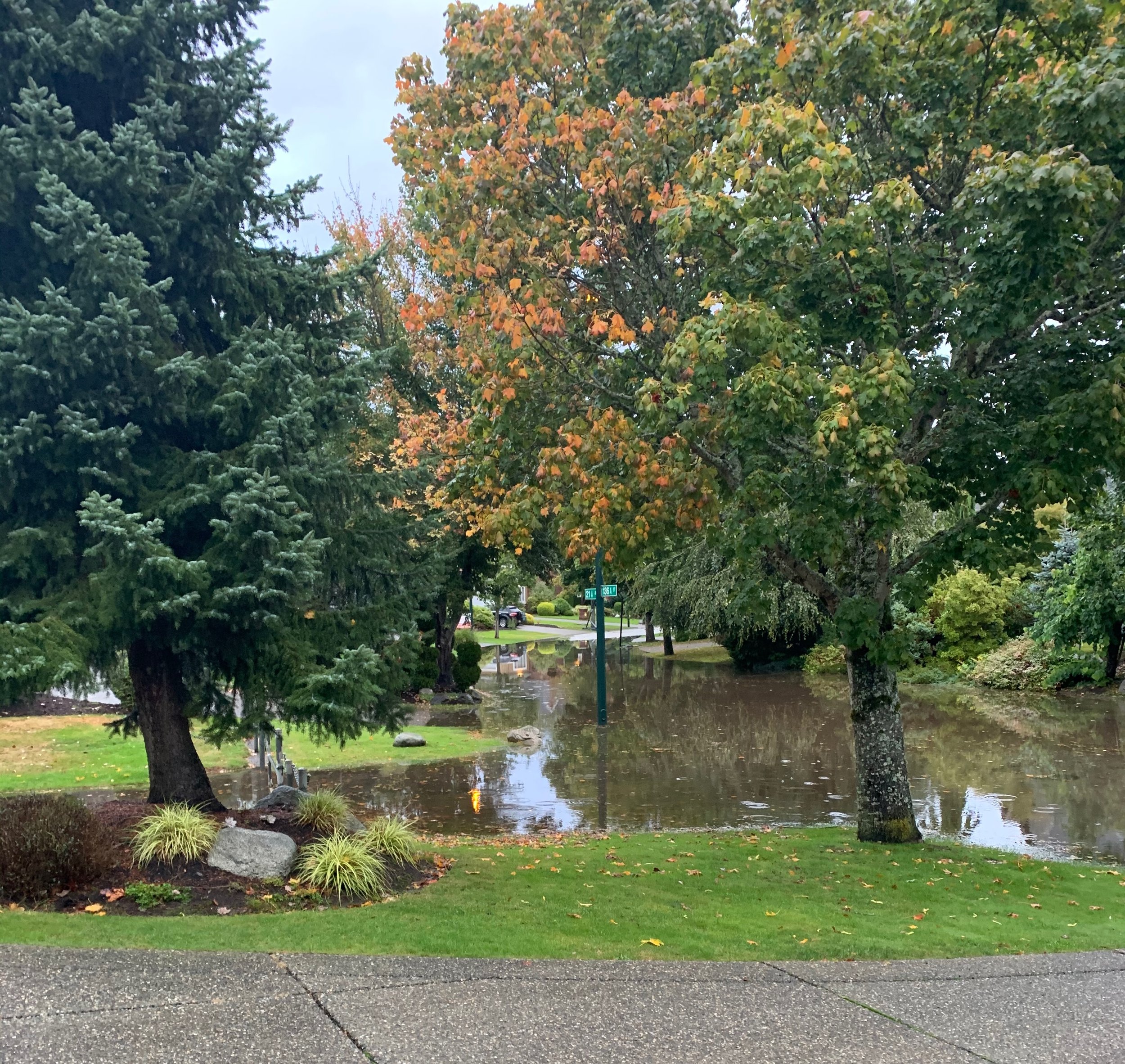Is your garden ready for unexpected weather events?
Hello gardeners!
Water is the lifeblood of our gardens, yet its availability is becoming increasingly unpredictable due to climate change. As gardeners, we must move beyond simply watering wisely and start asking critical questions about how to prepare for both excessive rainfall and prolonged drought.
With extreme weather events, including wildfires, on the rise, now is the time to plan and build resilience into our gardens.
How should you manage excess rainfall?
Assess water collection opportunities – Can you collect some of this water for later use? Rain barrels and cisterns can help capture runoff from roofs, reducing waste and providing a reserve for dry periods.
Identify problematic areas – Do certain areas of your garden become waterlogged after a storm? If so, consider improving drainage with rain gardens and swales, or even planting extra trees to slow water runoff and allow infiltration.
Evaluate hardscape and roof runoff – Are driveways, patios, or roofs directing too much water into certain garden areas? Redirecting this water into planted zones or storage systems can prevent erosion and flooding. Many plants do not like their roots wet for a prolonged period. Especially in November for example, when a period of hard frost can follow a very wet period. The combination of soggy feet (aka roots) and frost almost guarantees plant damage.
This is the tree canopy in Queen’s Park, Toronto, ON on a hot day in July 2022.
What kind of planning can gardeners do for drought and heat domes? Prioritize Water Use
With many regions facing increased heat and potential watering restrictions, strategic planning is crucial.
Protect the tree canopy – In a drought, trees should be a top priority. Unlike annuals or even perennials, trees take years to mature and provide invaluable ecological benefits. Slow deep watering is key and remember to water trees at the dripline not at the trunk.
This is a photo of my garden in September 2020 after a heavy rainfall. The street is under 18” of rain because street drainage could not manage the heavy rains that came down in a very short period of time.
Why are trees a priority?
Shade and cooling – Trees reduce temperatures by providing shade and cooling the air through transpiration, helping to mitigate heat stress for plants, animals, and humans.
Water retention and overall soil health – Tree roots help retain moisture in the soil, reducing the impact of dry spells for neighbouring plants.
Biodiversity support – Trees offer habitat and food for birds, pollinators, and beneficial insects, ensuring ecosystem stability.
Carbon sequestration – Mature trees absorb carbon dioxide, playing a crucial role in climate mitigation. See my blog post on this topic to learn more about carbon sequestration.
Stormwater management – Trees reduce runoff and erosion, helping to prevent flooding and soil degradation. If you have an area of the garden prone to sogginess after rains, you may want to investigate finding the right tree for that spot. Many trees are very good at absorbing extra water.
Water Conservation Strategies for Regenerative Gardening
Improve overall soil health – Healthy soils hold more moisture. Add organic matter, mulch, and compost to increase water retention and reduce evaporation.
Mulch generously – A thick layer of mulch around plants helps retain soil moisture and moderate temperature fluctuations. You can be adding mulch at any time to the garden. See the blog post on mulching.
Group plants by water needs – Creating hydrazones—grouping plants with similar water requirements—ensures efficient watering and better survival rates.der of our changing climate.
Empowering Gardeners to Plan Ahead
Extreme weather is becoming the norm, but as gardeners, we have the tools to adapt. By asking the right questions, taking proactive steps, and prioritizing tree canopy and soil health, we can create resilient gardens that thrive despite unpredictable conditions.
What steps will you take this season to prepare for heavy rain or water restrictions?

